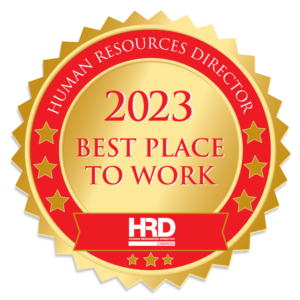In 1988, a need was identified…
Three decades ago, the environmental sector was just emerging and lacked consensus on what defined environmental employment. Despite the environment being part of almost every industry with many professionals having environmental responsibilities, these were considered an addition to other skills they had.
Questions came up: how many professionals were there, how were they going to be characterized and was this a national issue or more localized?
The Alberta Special Waste Management Corporation, now Environmental Services Association of Alberta (ESAA), highlighted the difficulty in finding professionals with the appropriate skills and knowledge for environmental work and recognized a gap between on-the-job skills versus what was taught in post-secondary institutions. Employment and Social Development Canada (ESDC), then known as the Department of Employment and Immigration, presented a proposal to the Government of Canada who was planning sectorial partnership initiatives to explore industry by sectors of the economy in Canada. Environment Canada and ESDC, plus the Labour Market Outlook Sectoral Analysis (LMOSA) Group, put together a tri-party alliance of industry, government, and academics from across Canada to document the environmental sector.
Without a common song sheet for the environmental sector, a second, targeted survey through Industry Adjustment Services (IAS) Group was undertaken. This focused specifically on the special waste management and hazardous waste industry. In 1992, both studies had been completed and produced the same findings – there was no consensus on what environmental employment was and there was a need for an organization to develop a strategy that could define the Canadian environment.
A meeting in Toronto with representatives from across Canada established an organization tasked with human resources for the environmental sector.
This organization was The Canadian Council for Human Resources in the Environment Industry (CCHREI). At that same meeting, it was made clear, CCHREI needed someone to run the organization and Grant Trump, an academic representative on both committees, was asked to lead.
In November of 1992, Grant Trump took a 6-month sabbatical from his position as the head of SAIT’s new environmental program and their chemical technology program.
He rented office space, and with his commodore-64 computer started CCHREI. This was in April of 1993 after Trump had completed both a proposal and business plan and was awarded $1.03 million in funding from the Government of Canada.
“My 6-months were up but I looked at it and thought. “I worked awfully hard to get that million dollars, I’m going to stick around, and I’m going to figure out the rest of it”.
That little organization went on to become the ECO Canada we have today.
The first step was to form a board of 21 people and ensure full representation from across the industry, academia, and government. This resulted in eleven industry representatives, three academic representatives, and some government representatives including ESDC, Industry Canada, Natural Resources Canada, Canadian Councils of Minister of Environment (CCME), Public Works and Government Services Canada, and Environment Canada. The expansive undertaking that CCHREI was tasked with needed the support of all these professionals and partners.
The priority mandate was defining and documenting environmental employment – the functional areas of employment such as where people work, not necessarily their education.
This definition ended up being several hundred pages long, “a nice simple definition” and had significant input from professionals of all different sectors of the economy with environmental employment experience coast-to-coast. Once the definitions were documented, the next step was a national validation process.
The 12 classifications (specializations) and three main sectors of environmental workers had been defined, documented, and validated.
Next was determining the skills and knowledge needed to complete the work!
During these first few years, Grant travelled over 200 days per year, meeting with industry partners and professionals to catalogue what they actually did, not just what they were trained to do. He reported his findings at two academic levels (college/technician/technologist and university graduates). These competencies and this work formed the National Occupational Standards (NOS) and competency statements, and the basis of everything that ECO Canada has led for almost 30 years.




